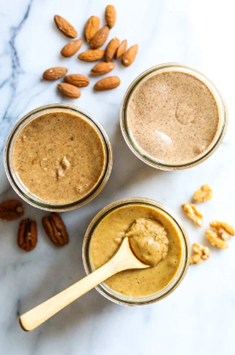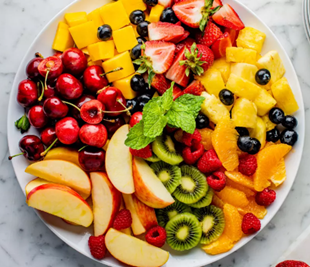What does authenticity mean? How can you find and nurture it? Learn how you can be more authentic by getting to know yourself.
“Just be yourself!”
“Show up as your whole self!”
Authenticity is being real, honest, truthful, genuine, and sincere. When you are authentic, there is an alignment between how you are on the inside and how you present yourself to others. One of the places we might struggle to be authentic is at work.
There are people who appear to be performing for an audience, and there are those who seem ‘honest’ sharing what is harmful to others, justifying themselves as being authentic. So, what does authenticity mean? How can you find and nurture it?
Think about what authenticity feels like to you:
- How does it feel when you are being your best authentic self?
- What are the occasions when you have been able to be your best authentic self? How do you recognise it?
- How does it feel to be with someone who is being their best authentic self?
Leaders first
Authenticity is especially hard when you step into the role of a leader, whether you have a team of people reporting to you or not. Over the course of our careers we have built up our own and our perceptions of people’s expectations and judgements about how we ‘should’ be. These expectations can be disguised into the ‘qualities of a good leader’.
Think about how it feels to be with someone who is being their best authentic self - you can start to see why we need authentic employees.
Authentic co-workers bring out the best in all of us. We feel a sense of belonging, to ourselves and to others. Authenticity around us is an invitation to be more authentic ourselves.
The world of business has created a ‘perform and prove mindset’, where we show strength and authority. But the challenges ahead of us, for society and the climate, need a more human approach to dealing with colleagues at work. A better connection with purpose, values and responsibility for people.
We need people we can trust and connect with and this means making space for authenticity.
Can you fake it?
This question has been asked many times…
Authenticity by definition cannot be faked.
Fake authenticity seeks fame, to be known. It is motivated by wanting something in return. Genuine authenticity involves the risk to be known, to be willing to show the messy and ugly - where suitable - so that you can create better connection with others.
Fake authenticity doesn’t care about offending others. It can be an excuse to express opinions or feelings with any choice of words, regardless of time, place or audience. Real authenticity speaks the truth with compassion. It considers how words will impact listeners’ emotions. It is kind and considerate, not just opinions and declarations.
Fake authenticity wants to be heard, but not changed. Authenticity, on the other hand, motivates people to learn and grow into a better version of themselves.
If we want an environment for authenticity, compassion is essential. Build up emotional fluency and emotional intelligence in teams and individuals and see people flourish!
Start with your self-awareness
You cannot BE yourself, unless you KNOW yourself.
Self-awareness is a journey. The moment you think you have great self-awareness you realise something new. You are constantly learning new things about yourself. To be really self-aware we need to start by letting go of the idea that we are fixed.
So explore, what is it to be you?
- What is your own purpose, your mission in life, your direction?
- What are your values?
- What are your beliefs about yourself and others?
- Do you recognise your own voice, and the voice of others?
Only when you work on who you are can you really be who you are and who you are growing to become.
Learn more about what comes from the essence of who you are, and what comes from the environment.
Life is not so much about becoming who you want to be, but more about "un-becoming" who you don't want to be.













